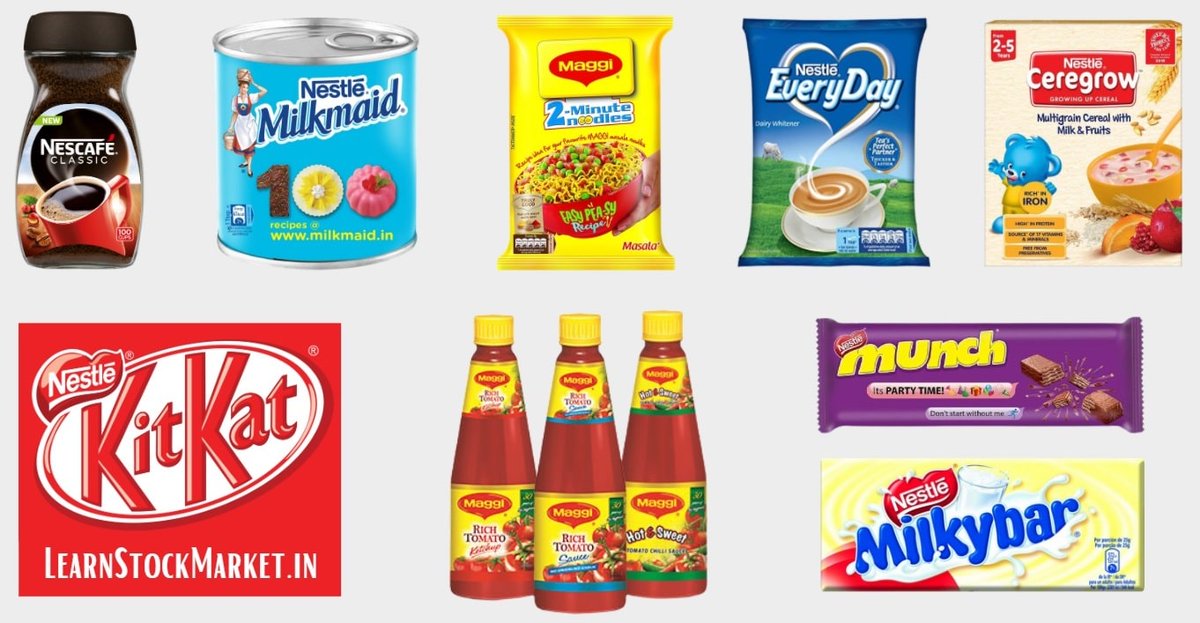“Don't expect quick commerce to slow down - a conservative estimate is that this will be a ₹3 Lakh crore market by 2030”
These words were spoken by Vipul Parekh, Co-Founder of bigbasket
This is the same bigbasket which was initially dismissed quick commerce; recently they have been forced to do a complete U-turn ⤵️
These words were spoken by Vipul Parekh, Co-Founder of bigbasket
This is the same bigbasket which was initially dismissed quick commerce; recently they have been forced to do a complete U-turn ⤵️
First, let us look at bigbasket’s journey with QC:
In 2023, while QC really started to take off in India, bigbasket stuck to its orignal scheduled delivery model.
But, they launched BBNow (12 minute delivery)
In Feb 2024, bigbasket responded by launching “Supersaver” across 40 cities which provided delivery within 2 hours.
Hari Menon, the other co-founder of bigbasket said: “We have moved the delivery service from being van-based to bike-based”
At this point in Feb ‘24, scheduled deliveries were still 65% of the annual business.
But, this was set to change:
In 2023, while QC really started to take off in India, bigbasket stuck to its orignal scheduled delivery model.
But, they launched BBNow (12 minute delivery)
In Feb 2024, bigbasket responded by launching “Supersaver” across 40 cities which provided delivery within 2 hours.
Hari Menon, the other co-founder of bigbasket said: “We have moved the delivery service from being van-based to bike-based”
At this point in Feb ‘24, scheduled deliveries were still 65% of the annual business.
But, this was set to change:
In Aug 2024, bigbasket announced a major shift - they were going ALL in on Quick Comm - BBNow.
They said: “We're not eliminating slotted delivery, but making quick commerce the default option.”
QC was already 50% of the overall volume 🤯
And, the penny dropped in Feb 2025: Management confirmed that 80% of bigbasket revenue comes from Quick Commerce (!!)🤯🤯
However, this hasn’t flowed into top line numbers as yet
They said: “We're not eliminating slotted delivery, but making quick commerce the default option.”
QC was already 50% of the overall volume 🤯
And, the penny dropped in Feb 2025: Management confirmed that 80% of bigbasket revenue comes from Quick Commerce (!!)🤯🤯
However, this hasn’t flowed into top line numbers as yet
bigbasket’s B2C revenue has been flat for the past 2 yrs:
FY 23 = ₹7,400 crore
FY 24 = ₹7,884 crore
FY 25 = ₹7,673 crore
There are a few reasons for this:
(a) Complete change in operating model; schedule delivers has a very different logistics model versus quick commerce
(b) Intense competition in Quick Comm: This was peak burn period for Zepto, Instamart & Blinkit
(c) Ramping down of certain units e.g. BB Instant - their vending machine business
Btw, I had shared a detailed noted on BB Instant over a year ago - do bookmark the below & return to this thread:
x.com/Rahul_J_Mathur…
FY 23 = ₹7,400 crore
FY 24 = ₹7,884 crore
FY 25 = ₹7,673 crore
There are a few reasons for this:
(a) Complete change in operating model; schedule delivers has a very different logistics model versus quick commerce
(b) Intense competition in Quick Comm: This was peak burn period for Zepto, Instamart & Blinkit
(c) Ramping down of certain units e.g. BB Instant - their vending machine business
Btw, I had shared a detailed noted on BB Instant over a year ago - do bookmark the below & return to this thread:
x.com/Rahul_J_Mathur…
And, bigbasket isn’t alone - even Reliance Retail has re-started Quick Commerce
(1) They shut down their 1st attempt in 2023 which was called JioMart Express i.e. 90 minute delivery
(2) The re-started in June 2024 with a 30 minute delivery option
(3) In March 2025, they announced a full pivot to 10-15 minute deliveries
(4) In July 2025 - even Ajio (owned by Reliance Retail) launched a 4-hour quick fashion delivery
RIL also confirmed that it won’t acquire any QC players, it will build its QC capabilities in-house
(1) They shut down their 1st attempt in 2023 which was called JioMart Express i.e. 90 minute delivery
(2) The re-started in June 2024 with a 30 minute delivery option
(3) In March 2025, they announced a full pivot to 10-15 minute deliveries
(4) In July 2025 - even Ajio (owned by Reliance Retail) launched a 4-hour quick fashion delivery
RIL also confirmed that it won’t acquire any QC players, it will build its QC capabilities in-house
The message is crystal clear - Quick Commerce is here to stay & will continue to ate market share from all other forms of Commerce.
Every incumbent has woken up to the reality which Jeff Bezos had stated many years ago - “customers want more selection, lower prices, and faster delivery”
Oddly enough, Amazon is the latest to Quick Commerce in India with Amazon Now (2025).
However, I personally believe the winners in this category have already been decided 🙂
Discl: Views are my own. Shared for informational purposes only. DYOR. I am a shareholder of Eternal. Family & affiliates own shares of Swiggy & various listed Tata Group companies.
Every incumbent has woken up to the reality which Jeff Bezos had stated many years ago - “customers want more selection, lower prices, and faster delivery”
Oddly enough, Amazon is the latest to Quick Commerce in India with Amazon Now (2025).
However, I personally believe the winners in this category have already been decided 🙂
Discl: Views are my own. Shared for informational purposes only. DYOR. I am a shareholder of Eternal. Family & affiliates own shares of Swiggy & various listed Tata Group companies.
• • •
Missing some Tweet in this thread? You can try to
force a refresh










